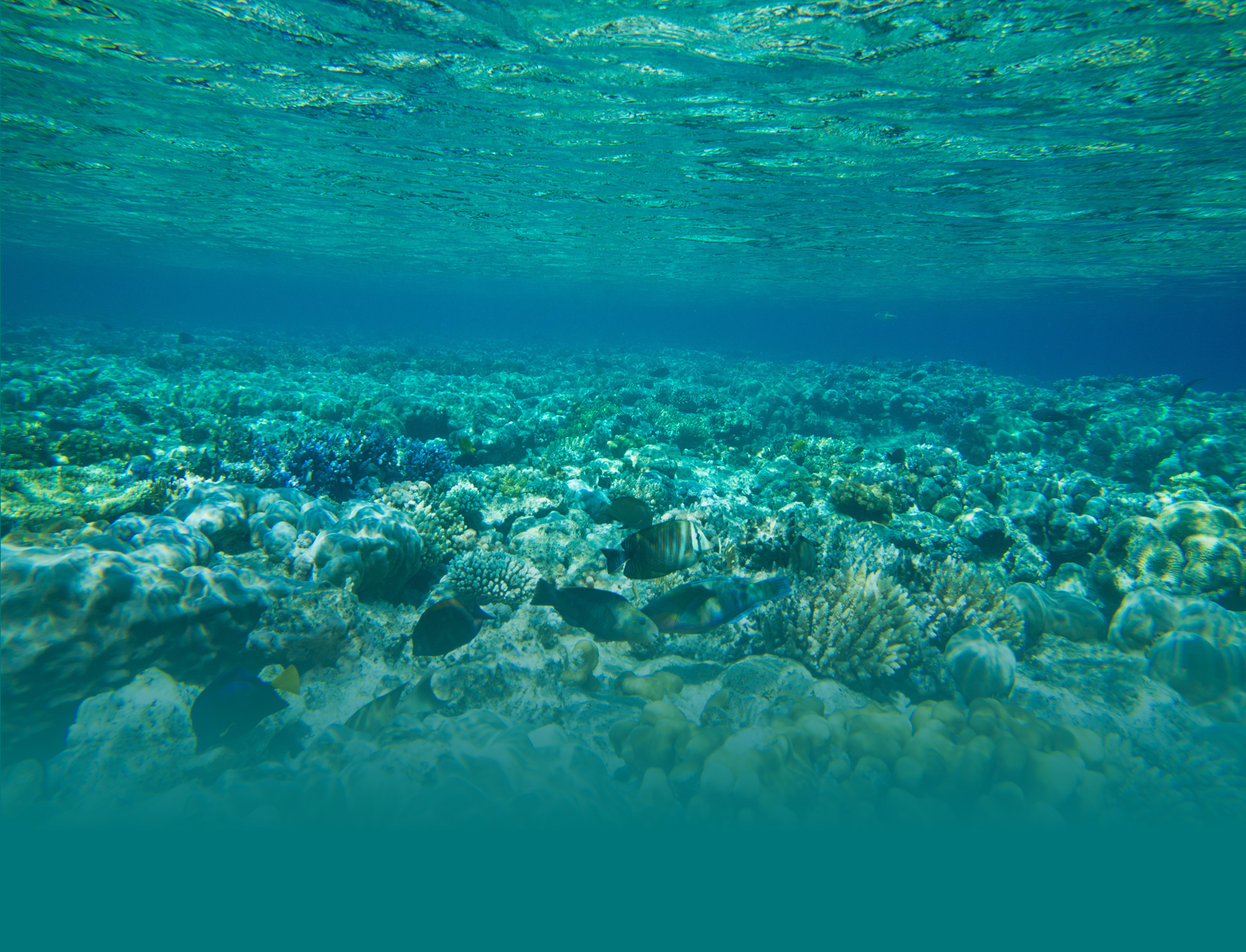Over the past 3 years the AQUACROSS Assessment Framework was developed, tested, and applied in eight case studies across Europe to solve local biodiversity challenges. Finally, results from each Case Study were published in a 30-page Case Study report and 3-page Executive Summary report.
The case study page summarises our work in Case Study 6, and makes recommendations for local policy.
| Find out more about Case Study Six: |
| Case Study Report |
| Executive Summary |
| Case Study Report Annexes |
| Case Study data and information on the AQUACROSS Information Portal |
Results from Case Study 6 are summarised below:
Biodiversity challenge: Lake Ringsjön has experienced eutrophication, which has made it a target for restoration efforts by local municipalities. Situated in an agricultural landscape with a growing human population, the lakes provide multiple ecosystem services that are valued by different stakeholders. These ecosystem services increase – along with biodiversity - when the water is clear. We investigated the co-production of these ecosystem services and the interactions between the social and ecological aspects of the lake system together with stakeholders to suggest how water governance might be improved.
Context: The Rönne å catchment is located in Southern Sweden in a landscape that is witnessing a transition from an agricultural to a multi-functional landscape. The main pressures affecting freshwater quality are agricultural activities and insufficient sewage treatment. Swedish regulations are implemented from river basin to county to municipal levels. Water councils, a group of stakeholders including municipalities and water users, have developed bottom up solutions in the past, and are increasingly incorporated in the governance system through the Water Framework Directive.
What was done?: Our research and scenarios were co-designed with stakeholders, decision makers, civil servants and practitioners in three workshops and eight follow-up interviews, complemented by stylised social-ecological modelling. We operationalised the AQUCROSS Assessment Framework with insights from resilience thinking to focus on the social aspects of policymaking and implementation – particularly the governance-related resilience principles and processes of change. In the scenarios, we explore two perspectives along which decision making in water governance could develop different from the baseline in the future: a) by the time horizon considered for expected effects taking place, and b) by the geographical space and institutions involved in collaborating on implementing measures.
Results: Scenarios were qualitatively evaluated using the resilience principles and a stylised social-ecological model which simulates social time lags and their effect on lake restoration and resulting ecosystem services. Our analysis shows: 1) consideration of the time lags between management actions and an improvement in the ecosystem can lead to stronger reinforcing feedbacks and larger improvements; and 2) an increase in the geographical and institutional scale of management allows more collaboration between water councils and across sectoral silos, though the final outcome would depend on which ecosystem service trade-offs are explicitly considered.
Lessons learned for managing biodiversity: Resilience thinking helps to identify feedback processes and social-ecological interactions that determine long term outcomes from restoration measures. There is a need to consider time lags and different dynamics within the system, as well as how the social aspects interact with the ecological aspects. Collaboration is necessary between different levels of water governance, and across different sectors and geographical regions in order to reach the full potential for managing eutrophication in the catchment.
Applicability of results: Our stakeholder process motivates an improved collaboration between practitioners and decision-makers in local freshwater management to take more ecosystem service interactions into account.


